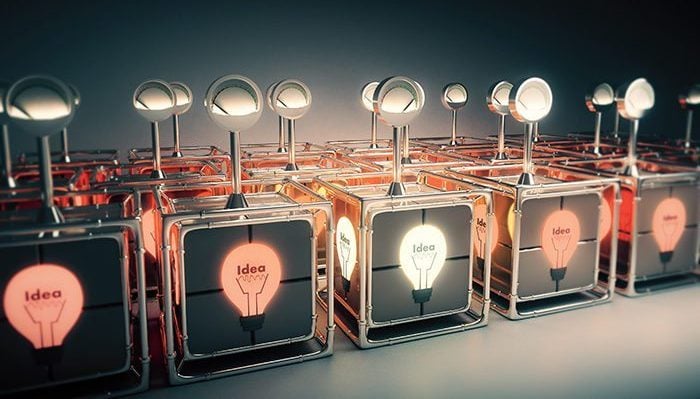Maintaining Tech Is Keeping The High- Street Alive And Kicking...
Nov 07, 2018 • Features • Retail • bybox • Claudine Mosseri • field service • field service management • first time fix • Service Management • Field Service Technologies • Parts Pricing and Logistics • Managing the Mobile Workforce
Claudine Mosseri outlines how in an age of increasing consumer power it is critical field service engineers are able meet SLAs and explains how technology in service logistics is making that happen...
News headlines would suggest that the high street is fast heading to a retail graveyard, with longstanding titans like Debenhams and House of Fraser the latest to face tough times.
Yet only after a period of turmoil, only one in 10 shops is vacant.
Factors such as the need to try before you buy, instant gratification and the convenience of returns are just a few of the factors that keep consumers returning to the high street.
The most successful stores are not only driving e-commerce, but also optimising the in-store experience by implementing new technologies and interactive features for customers.
We are starting to see the emergence of brand leaders such as Amazon Go, whose model is being mimicked by Tesco in its cashless store trial.
Whistl also discovered that over half of shoppers prefer unmanned tills to deal with cashiers, as it’s faster. As retailers become ever bolder in their use of tech, they rely more heavily on those integrated devices working flawlessly.
But as the old adage says, the best-laid plans often go awry. At some point, technology will fail, whether it’s a shopper-facing device or the datacentres serving them. When this happens, problems result for both consumer and retailer.
"ByBox recently surveyed 1,000 shoppers, two-thirds reported they had experienced problems and breakdowns in-store. For one-third of these dissatisfied consumers, this meant they were unable to complete their purchase at all..."
ByBox recently surveyed 1,000 shoppers, two thirds reported they had experienced problems and breakdowns in-store. For one third of these dissatisfied consumers, this meant they were unable to complete their purchase at all.
What was designed to be a positive customer experience can quickly turn into a negative with long term consequences when the technology fails.
Over a third (38%) of shoppers told us they felt angry or irritated because of these breakdowns.
Over a fifth complained to store staff about nonfunctional devices. And for a very angry one in 10, their opinions of the store were damaged in the long term.
With revenue and reputation at risk, it is vital that retailers implement strategies to limit risk and ensure rapid response times when the inevitable does happen and their tech lets them down.
It starts with making sure service providers are equipped to manage speedy same-day fixes.
Ensuring this needs to be the norm when it comes to setting service-level agreements.
There are new technologies that can support this requirement. For example, creating micro-FSLs (forward stock locations) by combining sophisticated software and smart locker technology, means repair items can be prepositioned using overnight or through the day deliveries. Shortening the mean time to repair (MTTR) can also limit the risk to retailers.
The world of retail is moving at a swift technological pace – but this isn’t the only sector where the support services for connected devices must move with the times.
If networks and other background tech systems fail the entire customer experience is interrupted, and it’s often the front-end business which bears the brunt of customer dissatisfaction and lost revenue.
Modern retail is all about convenience and ease for the consumer, delivering the fastest way to shop in the most seamless and engaging way.
As we see one ‘rush’ to improve the shopping experience by implementing new technologies, retailers should prepare for another – maintaining these innovations.
This will keep the high street alive and kicking.
Claudine Mosseri, is General Manager, ByBox
Be social and share...




















 Field Service News is published by 1927 Media Ltd, an independent publisher whose sole focus is on the field service sector. As such our entire resources are focused on helping drive the field service sector forwards and aiming to best serve our industry through honest, incisive and innovative media coverage of the global field service sector.
Field Service News is published by 1927 Media Ltd, an independent publisher whose sole focus is on the field service sector. As such our entire resources are focused on helping drive the field service sector forwards and aiming to best serve our industry through honest, incisive and innovative media coverage of the global field service sector.
Leave a Reply